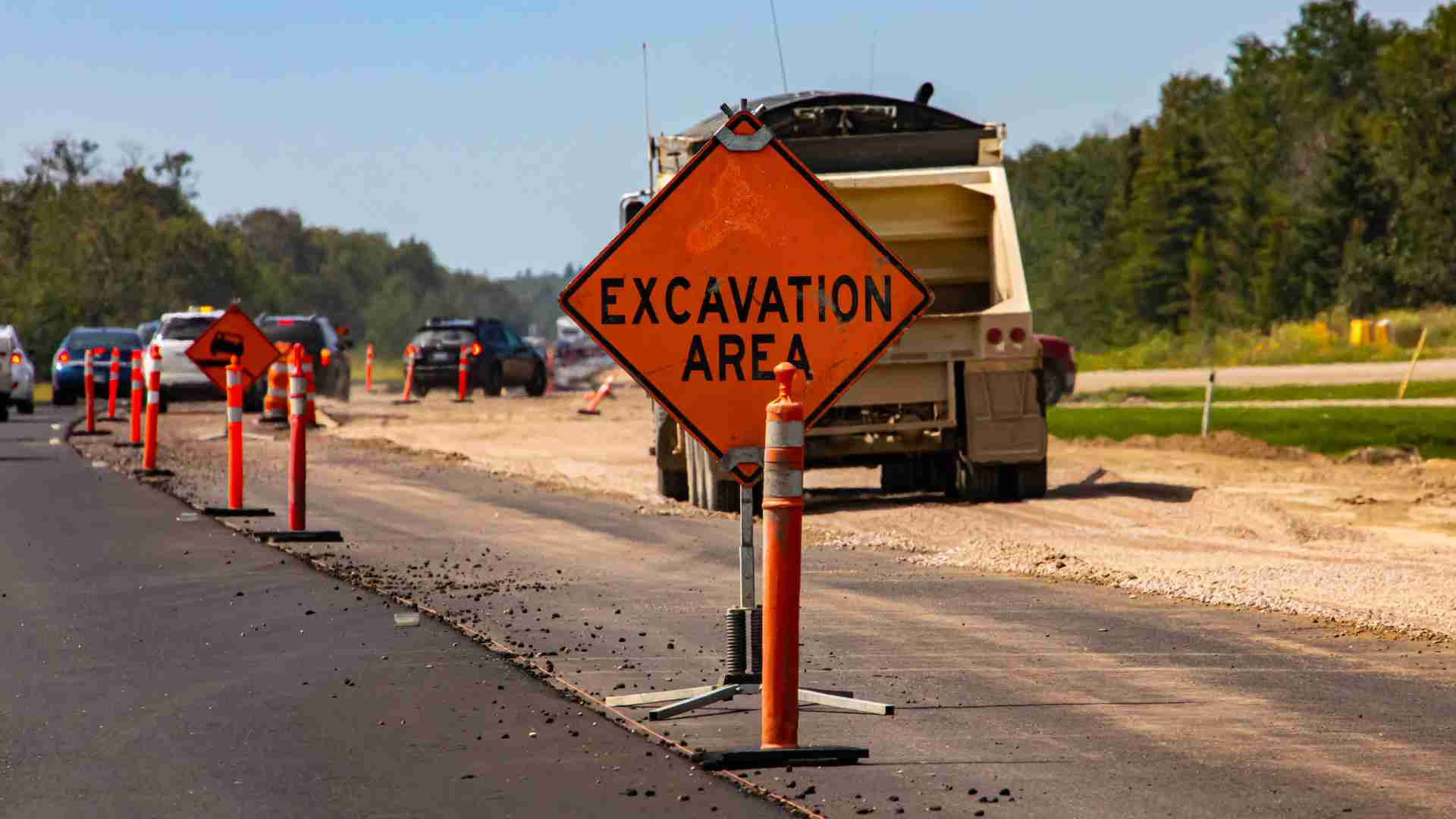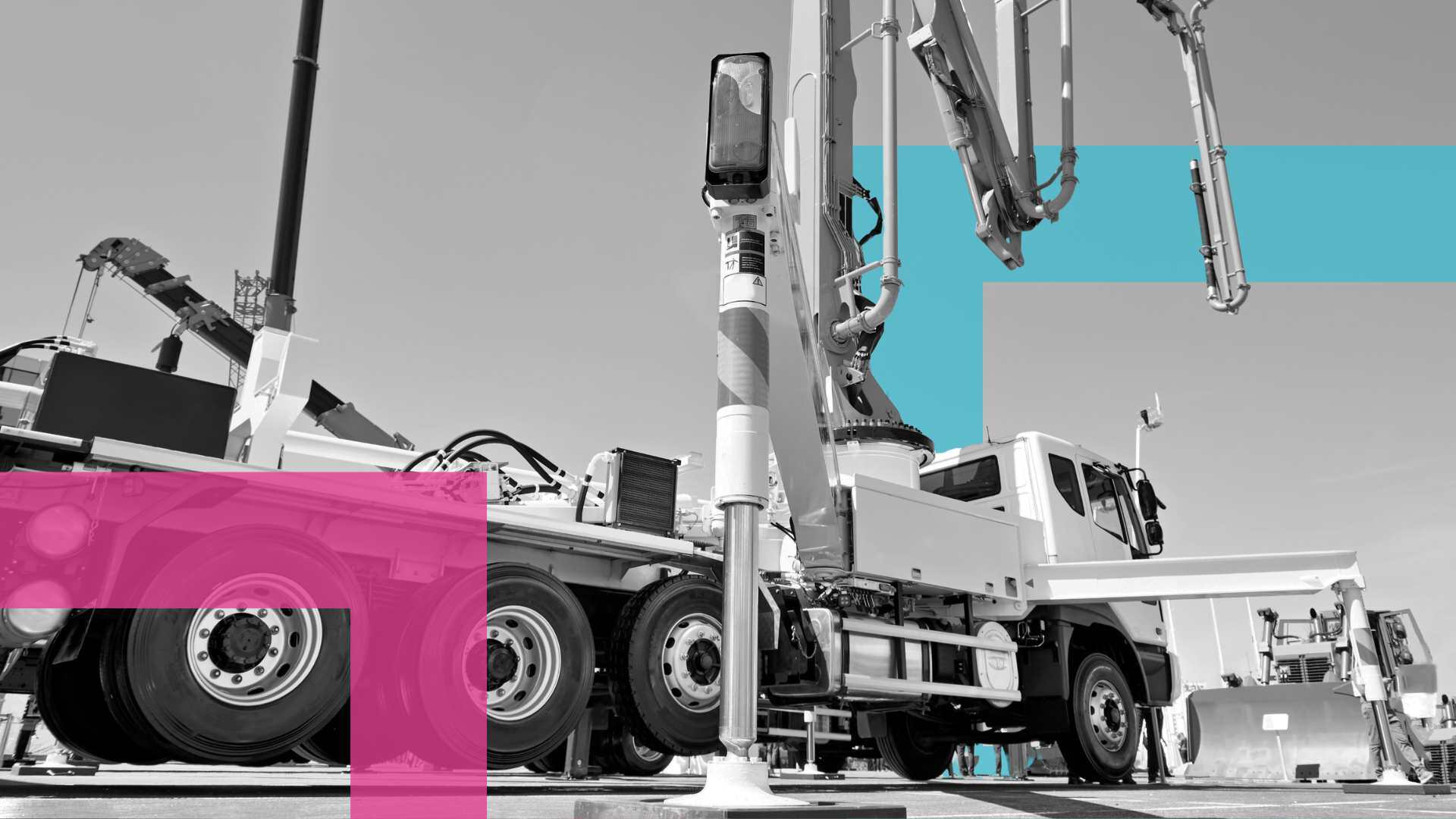Pre Start Plus rebranded to Ideagen Asset Guard
Ideagen Plant Assessor is pleased to announce the rebrand of its flagship pre-start app, Pre Start Plus, to Asset Guard. This rebrand aligns with...
|
|
Machinery Pre Starts
|
|
|
Risk Management &
|
|
|
Document Management
|
|
|
Dashboards & Reporting
|
|
|
Machinery Risk Assessments
|
|
|
Service & Maintenance
|
|
|
Safe Operating Procedures
|
|
|
MySite
|
|
|
View All Features |
Case Studies
Hear from our clients
Events
Find us at industry events
Guides
Find industry-specific guides
Learn
Educational content
News & Articles
Industry news and articles
Safety Legislation
We keep up with safety legislation
so you don't have to
Videos
Find overviews and informative
videos here
Webinars
View upcoming and on-demand webinars
Promotions
See our current promotions
FAQ
All of our frequently asked questions
Help Centre
How to use our software
View a Demo
Let us walk you through Ideagen Plant Assessor features
Release Centre
Product updates and release information
2 min read
![]() Matt Turner
:
March 2024
Matt Turner
:
March 2024

In our industry, we often hear the terms ‘hazard’ and ‘risk’ mentioned in relation to machinery safety.
It seems there is some confusion around these terms, as they are used interchangeably, despite having their own meanings. However, understanding the difference between them is crucial for maintaining safe working environments. So, in this article, we’ve highlighted the definitions of both risks and hazards and their significance in machinery safety.
A hazard is any source, situation or act that has the potential to cause harm, damage or adverse effects on individuals or property. There are many different types of hazards associated with machinery including:
Abrasion
Crushing
Electrical
Entanglement
Ergonomics
High pressure fluid injection
Impact
Puncture
Severing
Shearing
Slips, trips and falls
Trapping
Risk refers to the potential for harm or loss resulting from exposure to a hazard. The most common method of assessing risk considers the likelihood of occurrence and the severity of the consequences.
Understanding the difference between risks and hazards is critical for effectively managing your machinery safety. Here are some of the ways it impacts safety protocols.
Safety processes usually involve identifying hazards associated with machinery operations and assessing the corresponding risk using a risk matrix. Hazards can be identified during regular maintenance, daily inspections or during a risk assessment, which also entails the evaluation of the likelihood of an incident occurring and the potential severity of its consequences. By understanding the nature of the hazards present on your machinery and their associated risks, you can implement the most appropriate controls to mitigate or eliminate them.
Understanding the difference between machinery hazards and risks is crucial for ensuring compliance with safety legislation. Risk assessing your machinery is mandated by law, and therefore, you will not properly meet your legal obligations unless you accurately identify the hazards associated with your machine and determine the level of risk they pose to people’s safety. Completing the risk assessment process effectively can help you and your business demonstrate compliance, and potentially avoid prosecution.
Differentiating between hazards and risks is essential for training employees and raising awareness about machinery safety measures. Your workers should understand the hazards associated with the operation of machinery and the risks involved, so ensure this is covered in your training programs.
Distinguishing between machinery hazards and risks can aid in effective emergency preparedness. By identifying potential hazards and their associated risks, you can develop emergency response procedures for your business tailored to specific scenarios. This can include procedures for shutting down a machine during emergencies or how to manage the treatment of injuries in the event of an incident.
Our team is made up of experts in this field! For more information, contact us on 1300 728 852 or info@assessor.com.au.
Disclaimer: This information is intended to provide general information on the subject matter. This is not intended as legal or expert advice for your specific situation. You should seek professional advice before acting or relying on the content of this information.

Ideagen Plant Assessor is pleased to announce the rebrand of its flagship pre-start app, Pre Start Plus, to Asset Guard. This rebrand aligns with...
.png)
Many businesses operating machinery still rely on traditional paper pre start books for daily machinery checks. While these booklets serve their...

A concrete company based in Melbourne has been convicted and fined $30,000 after an incident involving a concrete pump resulted in a worker’s hand...